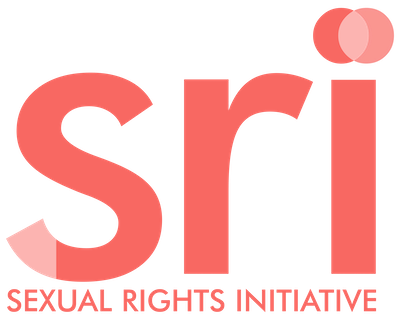Session
National Report
Para 24) The UK gender pay gap has narrowed by approximately a quarter in the last ten years. Organisations with over 250 staff members in England, Scotland and Wales must now comply with regulations on gender pay gap reporting and must publish annually data on mean gender pay gap; median gender pay gap; mean and median gender bonus gap; proportions of male and female employees that received a bonus; and salary quartiles. Para 25) In July 2021, as part of the strategy to tackle Violence Against Women and Girls (see below), the UK Government committed to a new package of measures to strengthen protections for those affected by harassment at work. This includes commitments to introduce a new duty on employers to prevent sexual harassment in the workplace, support the Equality and Human Rights Commission to develop a statutory Code of Practice on workplace harassment, and prepare new guidance for employers on preventing sexual harassment in the workplace.
Para 26) The Scottish Government committed in the 2018-19 Programme for Government to support 2,000 women who have had a career break with their return to the workplace. The 2021-22 programme is providing £2million to fund twelve projects supporting up to 1,500 women in their transition back to the workplace. Furthermore, in March 2019, the Scottish Government published A fairer Scotland for women: gender pay gap action plan, setting out actions to address the gender pay gap, by looking at the drivers and influences on the gender pay gap at each stage of a woman’s life. An updated report was published in March 2021 to ensure the plan still effectively supported women through and beyond the pandemic.
State under Review
Issues
National Report
Stakeholder Summary
Para 10) SHRC noted that pay gaps based on gender, … persisted in Scotland.
Para 11) EHRC observed that changes to social security made since 2010, including changes to Universal Credit and child benefit payments had a disproportionately negative impact on … women.
Para 51) FPFW noted that the pay gap and discrimination was aggravated by the lack of data recording biological sex. NIWEP referred to the outstanding pay gap in NI. JS18 noted the wider pay gap in black and minority ethnic women.
Para 66) NIWEP affirmed that no meaningful action had been taken on gender equality in NI.
Para 68) FPFW and JS7 noted that data collection on sex was being undermined due to sex being replaced with self-identity gender.195 JS7 noted that the lack of recording of biological sex was a concern, and it reduced the likelihood that equality for women can be achieved
Stakeholder Summary
UN Compilation
UN Compilation
Para 12) The CEDAW reiterated its concern that the applicability of the Equality Act of 2010 had not being extended to Northern Ireland.
Para 25) CEDAW welcomed the increasing number of women who were represented in Parliament, the judiciary and the police force, but it expressed concern about the underrepresentation of women in political and public life, in particular in Northern Ireland.
Para 31) In 2018, the Special Rapporteur on extreme poverty and human rights noted that women were paid 17.9 per cent less per hour on average than men, that they were disproportionately engaged in part-time work and that long-term unemployment rates in Northern Ireland were more than twice those in the United Kingdom as a whole.
Para 41) The CEDAW commended the measures adopted to encourage girls to consider jobs in science, technology, engineering, and mathematics, but it remained concerned about the continued underrepresentation of women in higher education and careers in those fields.
